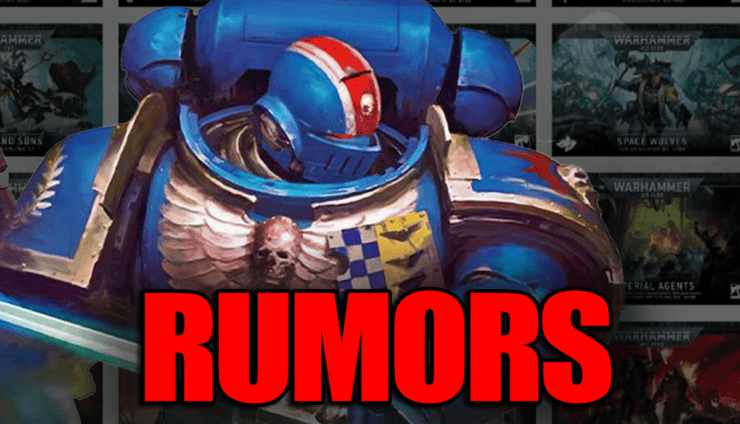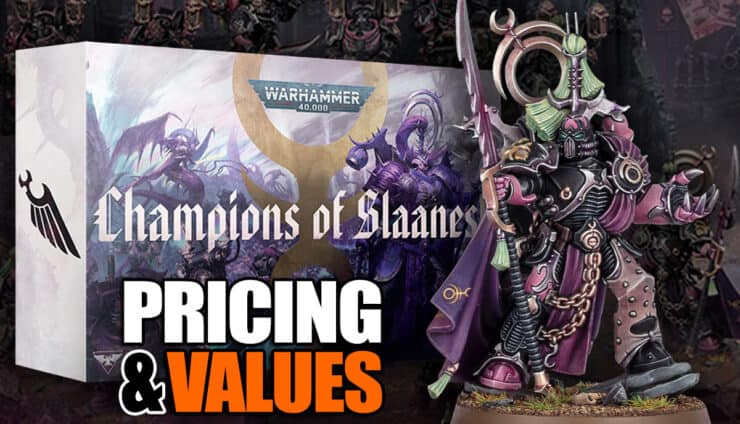
Kenny is no stranger to all things painting, as he cranks out streams and videos to help other hobbyists learn to paint better. Kenny Usually does painting tutorials, but to paint, you also need to practice! This week he helps us by adding a new tool to our arsenal, glazing! Glazing is hard to learn but easy to execute after you get it down-pat a few practice runs, and you’ll have it down for sure.
If you want to see more of his great content, check out his Patreon here! Or, if you want to see his previous tutorials, you can check them out here!
How to Glaze Paint For Miniatures: Next Level Painting Tutorial



Glazing on Skin

The More Layers, the Better


With that, the exercise is finished!
Be sure to check out the video below for all the details!
If you want to see how to take it to the next level with all his other awesome videos, check out Kenny’s Patreon!
Join The 101 Painting Curriculum From Kenny
Will you be trying this method for how to glaze paint for miniatures?
Let us know in the comments of our Facebook Hobby Group, or our new Discord server, and make sure you enter the latest monthly giveaway for FREE today!
Get ad-free access to our hobby videos, a monthly drop of miniatures, and support some of the best creators out there for as little as $6 a month on Patreon!
 Click Here For All the Hobby Products & Tools We Swear By
Click Here For All the Hobby Products & Tools We Swear By
This post contains affiliate links, as an Amazon Associate Spikey Bits earns from qualifying purchases.






